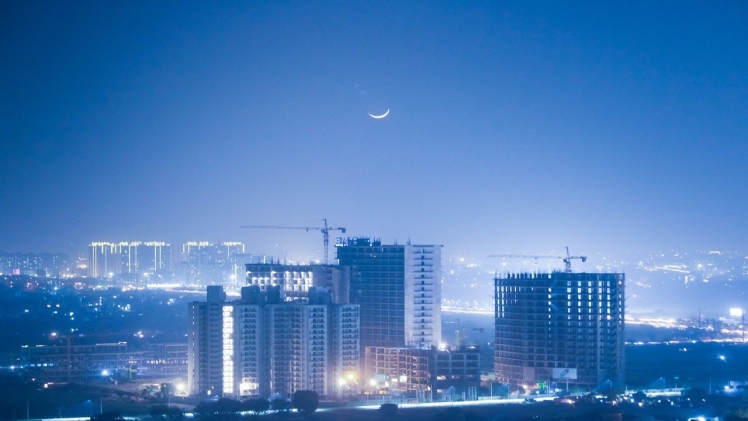Real estate, often characterized as the cornerstone of wealth and a tangible symbol of investment, extends beyond mere bricks and mortar. It encompasses the dynamic interplay of markets, the aspirations of individuals, and the broader economic landscape. In this exploration of real estate, we unravel the multifaceted dimensions that define this sector, from residential havens to commercial landscapes.
Investment and Wealth Creation:
Real estate is a potent vehicle for investment and wealth creation. The value of properties, whether residential or commercial, has the potential to appreciate over time, offering individuals an avenue to build equity and secure their financial futures. The allure of real estate investment lies in its tangible nature, providing a physical asset that can generate income through rentals or be leveraged for further financial opportunities.
Residential Real Estate:
At its most personal level, residential real estate is the realm of homes, apartments, and the places individuals call their own. The decision to buy a home is not just a financial one; it’s a deeply personal choice that reflects lifestyle preferences, family needs, and aspirations. Residential real estate is a canvas for creating havens, shaping communities, and fulfilling the dream of homeownership.
Commercial Real Estate:
On the other side of the spectrum, commercial real estate is a dynamic landscape that includes office spaces, retail establishments, industrial facilities, and more. The dynamics of commercial real estate are intricately tied to economic trends, business growth, and the evolving needs of industries. Commercial properties serve as hubs for innovation, commerce, and economic activity, contributing to the vibrancy of urban landscapes.
Market Dynamics:
The real estate market is influenced by a myriad of factors, ranging from interest rates and economic indicators to demographic shifts and geopolitical events. Market dynamics play a pivotal role in determining property values, rental yields, and the overall health of the real estate sector. Understanding these dynamics is essential for both investors and individuals navigating the complexities of buying or selling property.
Evolution of Real Estate Technology:
Advancements in technology have significantly impacted the real estate sector. Online platforms and mobile apps have streamlined the property search process, making it easier for buyers, sellers, and real estate professionals to connect. Virtual tours, 3D modeling, and data analytics contribute to a more informed and efficient real estate experience. Technology continues to reshape how transactions are conducted and how information is accessed in the real estate arena.
Challenges in Affordability:
While real estate offers opportunities for wealth creation, it also presents challenges, particularly in the realm of affordability. Rising property prices, especially in urban centers, can pose barriers to entry for first-time homebuyers. Balancing the aspirations of owning property with the economic realities of affordability is a perennial challenge faced by individuals and families in the real estate market.
Sustainability and Urban Planning:
The pursuit of sustainable living has become a crucial consideration in real estate. From green building practices to eco-friendly urban planning, the industry is increasingly recognizing the importance of creating spaces that minimize environmental impact. Sustainable real estate not only aligns with global efforts to combat climate change but also addresses the growing demand for eco-conscious living spaces.
Conclusion:
Real estate is a dynamic and multifaceted realm that goes beyond the transactional nature of buying and selling property. It intertwines with personal aspirations, economic trends, and the ever-evolving landscape of urban and suburban environments. As individuals navigate the intricacies of real estate, from the dream of homeownership to the complexities of commercial ventures, they engage in a process that shapes not only their financial futures but also the fabric of communities and the evolving face of the built environment.





